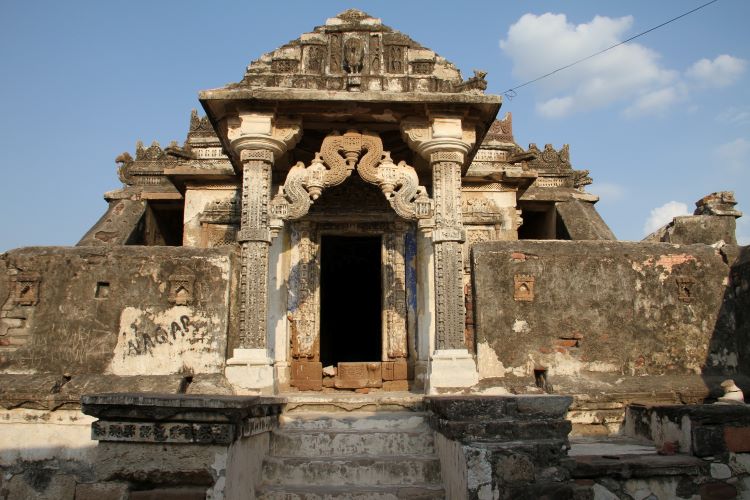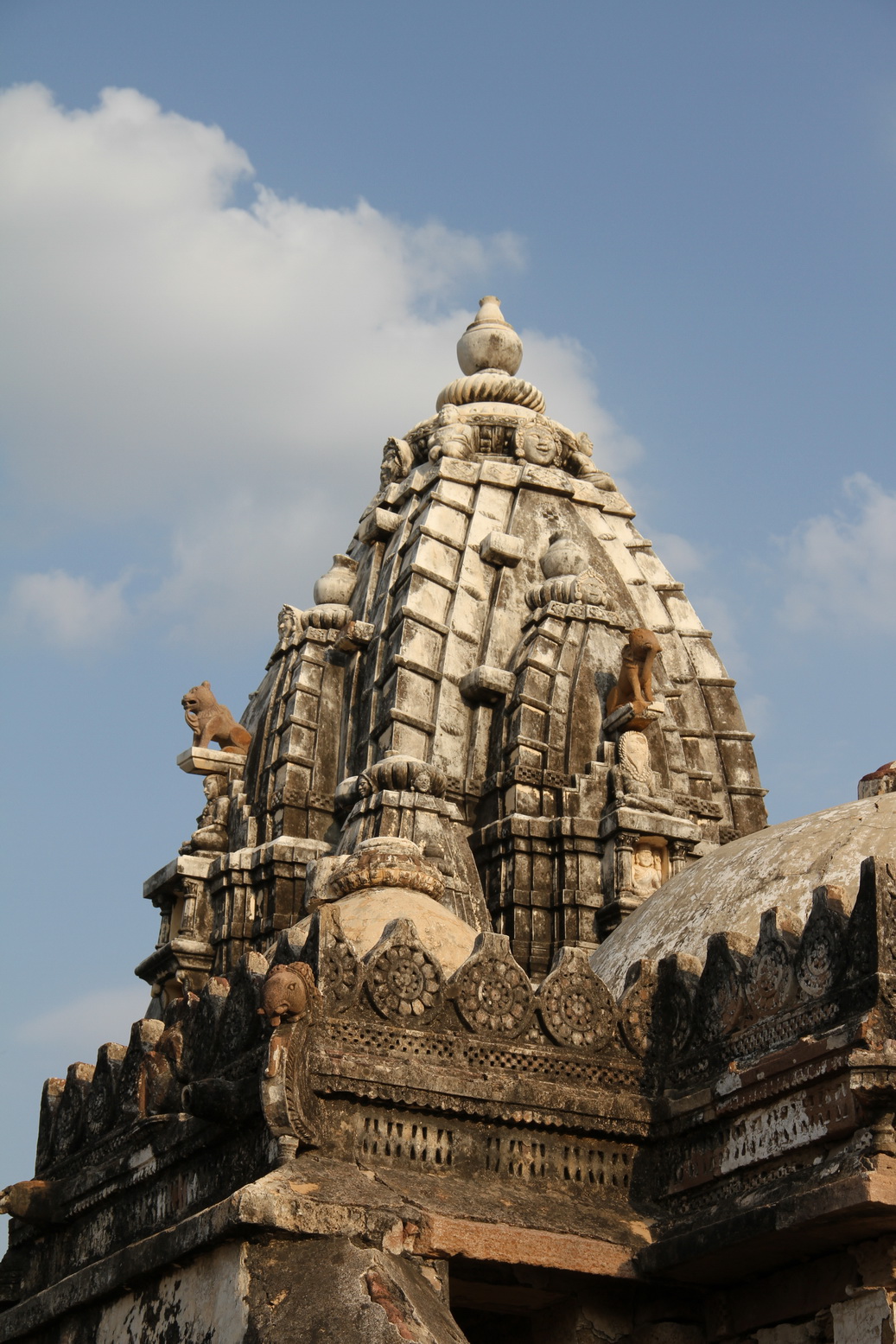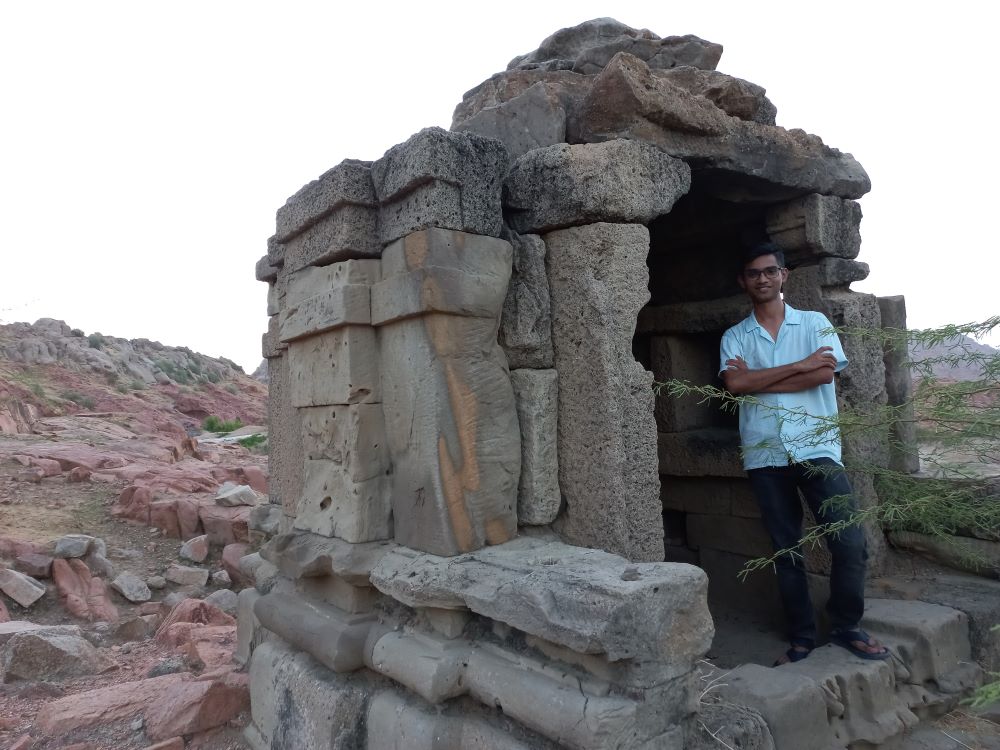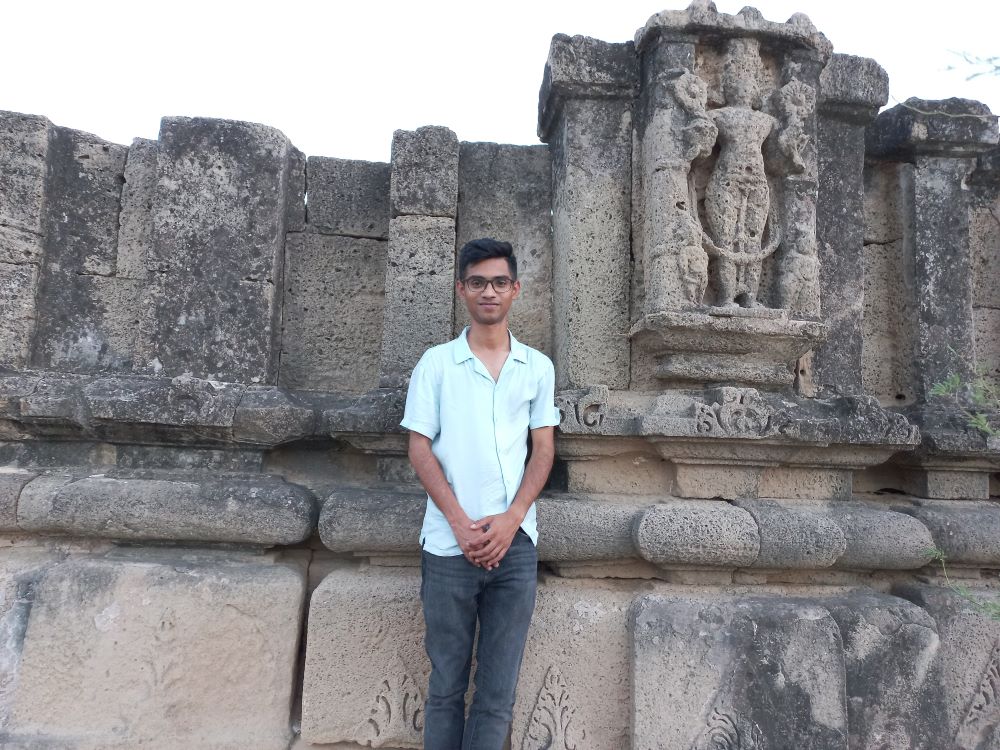
Parkari surprises with its comprehensibility to Sindhis. Its distinctive linguistic features and historical ties make Parkari a linguistic treasure worth preserving and exploring
Bakhtyaar Shahzad
Nagar Parker, an ancient city known as “परासकर टेश” or “Parasker desh” in Acharya Panini’s Ashtadhyayi, holds a unique linguistic heritage within the Karoonjhar Mountains of district Tharparker, Sindh. This region is not only blessed with the pure and refreshing waters of Luni and Sardharo streams but also resonates with the melodic sounds of Parkari, the local language. While initially unfamiliar to Sindhi speakers, Parkari surprises with its comprehensibility to Sindhis. Its distinctive linguistic features and historical ties make Parkari a linguistic treasure worth preserving and exploring. While being classified as a dialect of Gujarati language, it surprises us that it serves as the first language of Parkaris who have Pakistani nationality and territory with their Identity Cards in Sindhi!
The linguistic landscape of Nagar Parker reveals fascinating connections and influences. One such connection is the presence of Jainism, which dates back to ancient times when the 22nd Tirthankar, Neminath, achieved Moksha at Mount Girnar in Junagadh. Jain monks, hailing from Girnar, likely carried their teachings and preached in nearby areas until reaching Nagar Parker. Their influence spread beyond religious circles, as the Jain community served as advisors to Rajputs, the Gujarat Sultanate, and the Mughals. This interaction fostered significant cultural and linguistic exchange, contributing to the development and preservation of the Parkari language. The local Parkari speaking community has enrolled itself with Sindhi speakers in the National Database & Registration Authority (NADRA) records and national census as the language was not given an option to choose form which has paralyzed the language from reaching official recognition. What added to its suffering was the illiteracy among its speakers who did not concern themselves with what harms it could bring to the speech community. Not until recent since when some members have become educated this issue was raised on platforms.
The local Parkari speaking community has enrolled itself with Sindhi speakers in NADRA records and National Census

The exact historical details of how Jainism reached Sindh are not extensively documented. However, it is believed that Jain monks from the region of Girnar in present-day Gujarat played a crucial role in the dissemination of Jainism in Sindh. Girnar, a sacred site for Jains, is home to several Jain temples and is considered a significant center of Jain pilgrimage. Jain monks from Girnar likely traveled extensively across the Indian subcontinent, including Sindh, spreading the teachings of Jainism and establishing Jain communities in various regions. They would have engaged in spiritual discourse, delivered sermons, and guided individuals on the path of righteousness in their local languages. Their presence and influence likely grew over time, leading to the establishment of Jain communities in places like Nagar Parker, where a strong Jain presence can still be observed today. As an outsider, I conversed with them in Gujarati language for my interviews and found that they could understand what I said except for a few words. When they replied in Parkari, I was able to understand due to its intelligibility with Gujarati and Sindhi. ‘The education was offered in Gujarati in Nagar Parkar until it got replaced with Sindhi’ (Old Parkar). This way, the Jain monks must not have encountered a problem in communication with these people.
The linguistic ties between Parkari and Gujarati are also noteworthy. In the 5th century BC, a Jain council held in Vallabhi, Gujarat, witnessed the composition of Jain scriptures in Jaina Shurseni and Ardhmagadhi, two distinct Prakrit dialects. Interestingly, Shurseni Prakrit, one of the dialects used in the Jain scriptures, played a role in the evolution of several languages, including Punjabi, Sindhi, and Gujarati. According to Bherumal Advani, the Prakrit dialects spoken during that time gave birth to these modern languages, further emphasizing the linguistic connections between Parkari and Gujarati. The influence of Gujarati extends beyond economic reasons, as evidenced by the usage of Gujarati in religious texts, indicating its liturgical significance in the Parkari Jain community.
The linguistic ties between Parkari and Gujarati are also noteworthy
During the partition of India in 1947, when the subcontinent was divided into India and Pakistan, the Jains residing in Nagar Parker and other parts of Sindh faced significant challenges and uncertainties. As a result of the migration, the Jain community in Nagar Parker and other parts of Sindh experienced a significant demographic shift, with a considerable number of Jains relocating to Gujarat and other parts of India. This migration not only led to a dispersal of the community but also resulted in the loss of their ancestral homes, businesses, and cultural ties to Sindh. The migration of Jains from Sindh to Gujarat during the partition was driven by various factors, including concerns about safety and security, the desire to reunite with their fellow Jains in Gujarat, and the search for better opportunities and a stable environment for their families. It is important to note that while many Jains from Sindh chose to migrate to India during the partition, some Jains decided to stay in Sindh and continue their lives in the newly formed country of Pakistan but got assimilated into Hinduism over time.

In the current times, despite the linguistic presence of Sindhi in recent institutions, the Parkari language remains deeply embedded in the daily lives of the Parkari community. Its significance is exemplified by the efforts of Christian missionaries, who recognized the community’s limited proficiency in other languages and introduced the New Testament in Parkari Koli. This acknowledgment highlights the need for linguistic inclusivity and ensures that community members have access to religious texts in their native language. Moreover, UNESCO’s ongoing educational programs in Parkari emphasize the language’s importance as a medium for knowledge transmission, further validating the need for its preservation.
Despite the linguistic presence of Sindhi in recent institutions, the Parkari language remains deeply embedded in the daily lives of the Parkari community
However, the increasing influence of Sindhi in offices and educational institutions poses challenges to the preservation of Parkari. The younger generation, exposed to Sindhi through schooling and media, is gradually shifting away from the distinct phonemes and sounds specific to Parkari. Acoustic analysis of voice samples collected during research visits and participant observations confirms the diminishing ability of Parkari youth to produce these unique sounds. The prevalence of language shift is particularly noticeable among students attending Sindhi medium schools, where exposure to Urdu, Hindi, and English further accelerates the process. Urbanization and migration also pose threats to the survival of Parkari, as the language faces increasing pressures in an evolving sociocultural landscape.
 Addressing the complexities of preserving Parkari and promoting multilingualism necessitates a multidisciplinary approach that goes beyond the expertise of traditional linguists and sociolinguists. Linguistic Anthropologists, with their specialized knowledge acquired through in-depth studies of culture and language, play a vital role in developing a culturally relative approach suited for the shifting language dynamics of Nagar Parker. By applying a cultural-relativist perspective, Linguistic Anthropologists can navigate the intricate sociolinguistic landscape, considering the community’s cultural practices, beliefs, and identity.
Addressing the complexities of preserving Parkari and promoting multilingualism necessitates a multidisciplinary approach that goes beyond the expertise of traditional linguists and sociolinguists. Linguistic Anthropologists, with their specialized knowledge acquired through in-depth studies of culture and language, play a vital role in developing a culturally relative approach suited for the shifting language dynamics of Nagar Parker. By applying a cultural-relativist perspective, Linguistic Anthropologists can navigate the intricate sociolinguistic landscape, considering the community’s cultural practices, beliefs, and identity.
The increasing influence of Sindhi in offices and educational institutions poses challenges to the preservation of Parkari
To ensure a secure multilingual society in Nagar Parker, collaborative efforts involving linguistic anthropologists, linguists, anthropologists, educators, policymakers, and community members are essential. Raising awareness about the significance of linguistic diversity and cultural heritage among students and the general public is crucial. Meaningful discussions, workshops, and educational programs can serve as platforms for promoting dialogue, understanding, and appreciation for linguistic diversity. Recently, there has been formed a ‘Sindhi Adabi Sangat’ unit in Nagar Parker, like other cities in Sindh, which hold festivities and days which are mostly conducted in Sindhi but Parkari is given a place in music when people demand for it. This group also facilitates as an agency in ‘Sindhianizing’ Parkaris.
Partnerships with local communities and institutions are instrumental in the preservation of the Parkari language. Establishing language revitalization programs can aid in its preservation and revitalization. Creating Parkari language materials, such as books, dictionaries, and digital resources, can provide accessible resources for learning and promoting the language. Integrating Parkari into educational curricula at various levels, from primary schools to universities, can foster a sense of pride and identity among Parkari speakers, ensuring the intergenerational transmission of the language.
Valuing and safeguarding the linguistic diversity of Nagar Parker requires a comprehensive approach that respects the community’s cultural practices and linguistic heritage. By recognizing the importance of preserving Parkari, the community can secure a vibrant future for the language and its speakers. This entails celebrating linguistic diversity and encouraging the active involvement of community members in language preservation initiatives. The Parkari language, deeply rooted in the historical and cultural fabric of Nagar Parker, faces challenges posed by language shift and urbanization. However, its linguistic connection to Gujarati and the community’s profound attachment to Parkari contribute to its resilience. Efforts to preserve the language require a collaborative approach, drawing upon the expertise of linguistic anthropologists, linguists, educators, policymakers, and the active involvement of the community. By recognizing the importance of preserving linguistic diversity and cultural heritage, Nagar Parker can secure a vibrant future for the Parkari language and its speakers.
Valuing and safeguarding the linguistic diversity of Nagar Parker requires a comprehensive approach that respects the community’s cultural practices and linguistic heritage
In conclusion, Parkari’s linguistic heritage in Nagar Parker is a precious asset that requires urgent attention and preservation efforts. The contributions of Linguistic Anthropologists, in conjunction with other stakeholders, are essential to develop comprehensive strategies that respect the cultural and linguistic diversity of the region. By fostering awareness, promoting dialogue, and engaging in collaborative initiatives, the Parkari language can be safeguarded for future generations, ensuring a vibrant and inclusive linguistic landscape in Nagar Parker.
________________
Bakhtyaar Shahzad Panwhar Linguistic Anthropologist. He is fluent in Sindhi, English, Urdu, Siraiki, Punjabi, Gujarati, Kutchi, Marathi, Bangla, Persian, Arabic, Hindi, Dhatki, Kohli Parkari (semi fluent in Spanish and Hebrew). He did BS Anthropology- Dec, 2022 from University of Sindh. His areas of interest are Anthropology, Sociolinguistics, Phonology, Historical and Comparative Linguistics, Culture. He can be accessed at Email: bakhtyaarshahzad@gmail.com